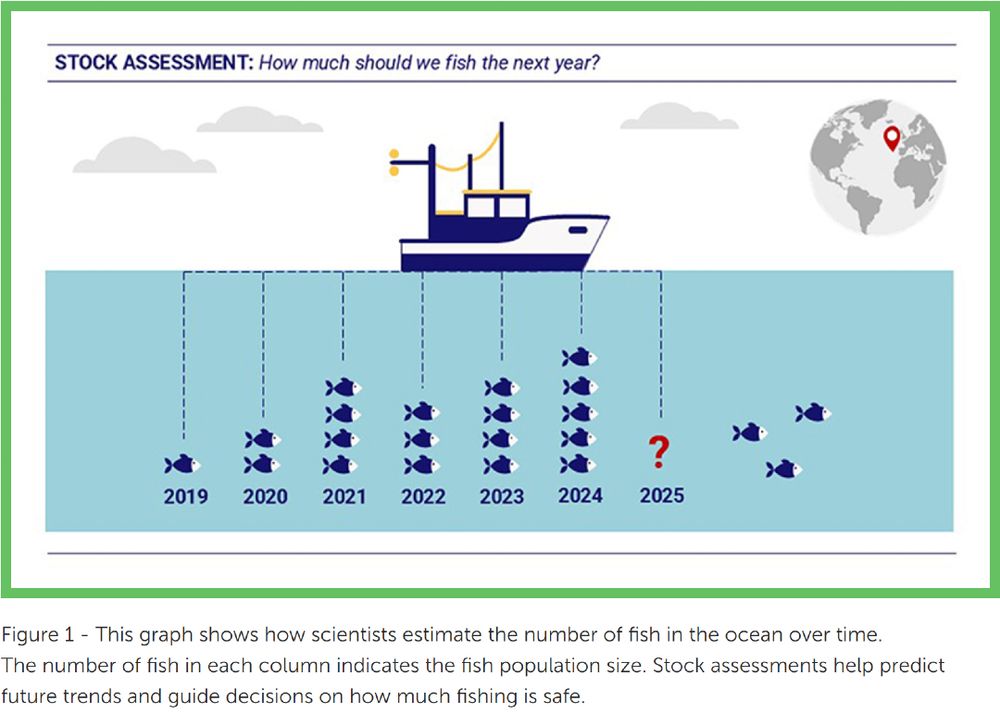
🔗http://imares.science
Plastic pollution isn’t just marine—it spreads via wildlife. Managing landfills & waste is key to stop this hidden pathway. 🌍💙
#PlasticBiovectors
🔗

Plastic pollution isn’t just marine—it spreads via wildlife. Managing landfills & waste is key to stop this hidden pathway. 🌍💙
#PlasticBiovectors
🔗
📍 Lesser black-backed gulls peak in winter
📍 Storks during migration
📍 Yellow-legged gulls year-round
Plastic hotspots shift with bird movements!
#PlasticBiovectors

📍 Lesser black-backed gulls peak in winter
📍 Storks during migration
📍 Yellow-legged gulls year-round
Plastic hotspots shift with bird movements!
#PlasticBiovectors
✅ All species carried plastics
✅ Storks: more microplastics
✅ Gulls: more films & larger fragments
Polyethylene & polypropylene dominated.
#PlasticBiovectors

✅ All species carried plastics
✅ Storks: more microplastics
✅ Gulls: more films & larger fragments
Polyethylene & polypropylene dominated.
#PlasticBiovectors
#PlasticBiovectors

#PlasticBiovectors
Collaboration across Europe for sustainable seas! 🌍💙
Collaboration across Europe for sustainable seas! 🌍💙
✅ Identifying distinct populations avoids mismanagement
✅ Supports region-specific strategies
✅ Protects adaptive genetic diversity
Genomics = smarter fisheries management.
#AnchovyGenomics

✅ Identifying distinct populations avoids mismanagement
✅ Supports region-specific strategies
✅ Protects adaptive genetic diversity
Genomics = smarter fisheries management.
#AnchovyGenomics
Nutrients, temperature🌡️, salinity & oxygen shape anchovy genetic variation.
These insights help predict responses to climate change.
#AnchovyGenomics

Nutrients, temperature🌡️, salinity & oxygen shape anchovy genetic variation.
These insights help predict responses to climate change.
#AnchovyGenomics
🔴 Atlantic–Alboran
🔵 Nort Western & Central Mediterranean
The Almeria–Oran front is a potential dispersal barrier for gene flow.
#AnchovyGenomics

🔴 Atlantic–Alboran
🔵 Nort Western & Central Mediterranean
The Almeria–Oran front is a potential dispersal barrier for gene flow.
#AnchovyGenomics
Math and science help governments decide catch limits and protect spawning areas. 🐠💙

Math and science help governments decide catch limits and protect spawning areas. 🐠💙
#OceanMath
#OceanMath
✅ How many fish are caught
✅ How many are seen in surveys
✅ How fast fish grow
Then they use computer models to predict the future.
#OceanMath

✅ How many fish are caught
✅ How many are seen in surveys
✅ How fast fish grow
Then they use computer models to predict the future.
#OceanMath
There are at least 20,000 fish species in the ocean, maybe twice as many! Counting them all is impossible, so scientists use clues and math to estimate populations.
#OceanMath

There are at least 20,000 fish species in the ocean, maybe twice as many! Counting them all is impossible, so scientists use clues and math to estimate populations.
#OceanMath
#LitterToSea
🔗

#LitterToSea
🔗

